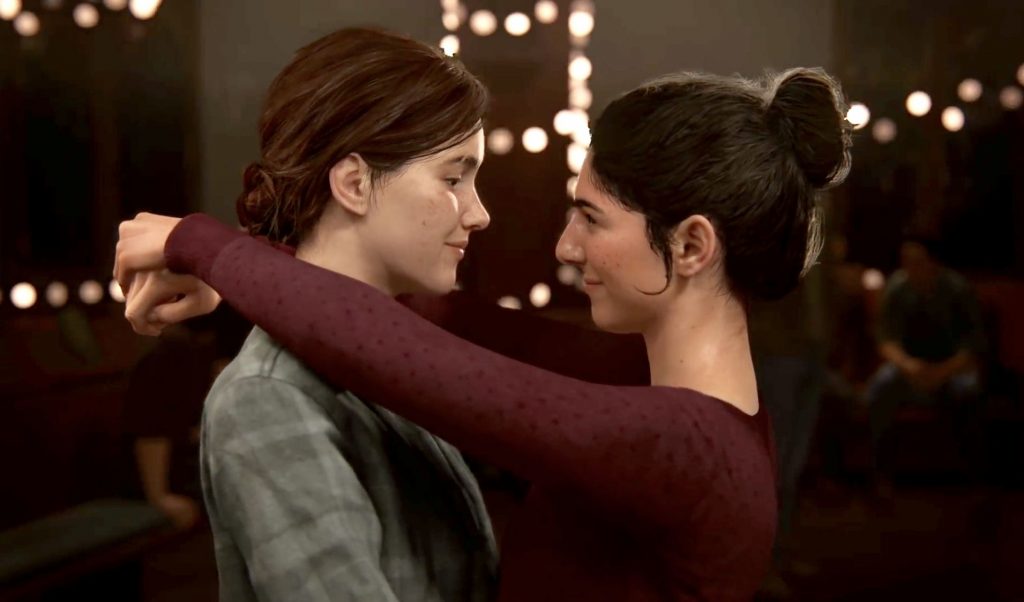Video Gamer is reader-supported. When you buy through links on our site, we may earn an affiliate commission. Prices subject to change. Learn more
Naughty Dog’s decision to delay The Last of Us: Part II did not “relieve stress or the workload on the team,” and instead prolonged the difficult working conditions at the company.
This report comes from an investigation conducted by Kotaku’s Jason Schreier. Naughty Dog has been criticised for the stress placed on developers during the development of Uncharted 4: A Thief’s End and Lost Legacy, and had made conscious choices to avoid those same pitfalls in The Last of Us Part II. “They honestly felt like they had figured out a way to not have to crunch as much,” revealed one developer. “They’d worked out a lot of the beats of the game and all the features ahead of time.”
Fast forward to October 2019, and the company announced that the highly anticipated sequel would be delayed from its original launch date of February 21, 2020, to May 29, 2020. “We wish we could’ve foreseen the amount of polish we needed, but the size and scope of this game got the better of us,” explained director Neil Druckmann. “We hope you understand that this additional time ensures that The Last of Us Part II lives up to our collective ambition as well as our commitment to the highest level of quality.”
Apparently, the schedule for development started to slide when playtesters weren’t reacting favourably to parts of the game that the directors and leads thought were sure-fire successes. As a result, feature creep permeated The Last of Us Part II, and the teams were swamped with revisions and requests. “There’s a lot of pushing your current workload aside to meet these real-time demands that come across your desk,” said another developer. “Do this thing you weren’t planning for, that other thing you weren’t planning for, plus what you were planning for.”
Developers wrestled with their responsibilities, personal and professional, while staying late at the office night after night. “You feel obligated to be there later, because everyone else is there later,” admitted one former Naughty Dog employee. “If an animation needed to be put in and you weren’t there to help the animator, you’re now blocking the animator, and they may give you grief. It may not even be spoken—it may just be a look. ‘Man, you totally screwed me last night by not being here at 11 p.m.’” Moreover, there is no production department, therefore communications can get lost in the mist between teams and cause months of work to be for naught.
Naughty Dog weathered the departure of 70 per cent of the non-lead designers who worked on Uncharted 4: A Thief’s End after 2016, and the company filled these positions with a “disproportionately high number of juniors and contractors.” Another source told Schreier that the lead designers “expect the same level of quality out of a lot of the junior contractors as they do out of people who have been here for a while, which is ridiculous. It’s certainly led to a lot of stress and feeling like s*** to most people who are new, which sucks.”
However, as was the case with CD Projekt Red, the developer of the upcoming Cyberpunk 2077, the situation is not so cut and dry from the perspective of those passionate about The Last of Us Part II. “A lot of people are very proud that they’re making the Game of the Year, the top-quality game, the most amazing art. While that’s true, I don’t know if they’re calculating the sacrifices,” explained one employee. “It’s an amazing creative environment,” summarised another developer. “But you can’t go home.”
The Last of Us Part II will launch for PlayStation 4 on May 29, 2020.
